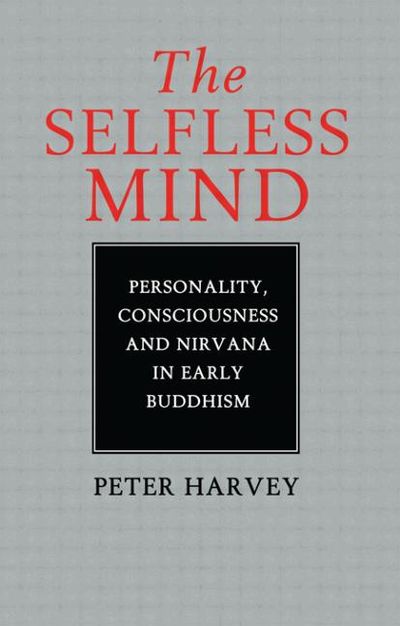No edit summary |
No edit summary |
||
| Line 70: | Line 70: | ||
*{{i| ''The vortical interplay of discernment and the sentient body''|119}} | *{{i| ''The vortical interplay of discernment and the sentient body''|119}} | ||
<br> | <br> | ||
8 DISCERNMENT AND CONDmONED ARISING 122 | *{{i|8 DISCERNMENT AND CONDmONED ARISING|122}} | ||
The nature of the constructing activities 122 | *{{i| ''The nature of the constructing activities''|122}} | ||
The conditioning of discernment by the | *{{i| ''The conditioning of discernment by the constructing activities''|124}} | ||
constructing activities 124 | *{{i| ''The conditioning of discernment by nāma-rūpa''|127}} | ||
The conditioning of discernment by | *{{i| ''Discernment as conditioned by attention''|129}} | ||
Discernment as conditioned by attention 129 | *{{i| ''The conditioning of the sentient body by discernment''|130}} | ||
The conditioning of the sentient body by | *{{i| ''Conditioned Arising as an analysis of the perceptual process''|134}} | ||
discernment 130 | |||
Conditioned Arising as an analysis of the | |||
perceptual process 134 | |||
9 DISCERNMENT AND THE PERCEPTUAL PROCESS 138 | 9 DISCERNMENT AND THE PERCEPTUAL PROCESS 138 | ||
The perceptual process in the 'early Suttas' 138 | The perceptual process in the 'early Suttas' 138 | ||
Revision as of 12:33, 28 April 2020
This careful analysis of early Buddhist thought opens out a perspective in which no permanent Self is accepted, but a rich analysis of changing and potent mental processes is developed. It explores issues relating to the not-Self teaching: self-development, moral responsibility, the between-lives period, and the 'undetermined questions' on the world, on the 'life principle' and on the liberated one after death. It examines the 'person' as a flowing continuity centered on consciousness or discernment (vinnana) configured in changing minds-sets (cittas). The resting state of this is seen as 'brightly shining' - like the 'Buddha nature' of Mahayana thought - so as to represent the potential for Nirvana. Nirvana is then shown to be a state in which consciousness transcends all objects, and thus participates in a timeless, unconditioned realm. (Source: Routledge)
See especially chapter 10, Bhavaṅga and the Brightly Shining Mind.
| Citation | Harvey, Peter. The Selfless Mind: Personality, Consciousness and Nirvāṇa in Early Buddhism. London: RoutledgeCurzon, 2004. First published 1995 by Curzon Press. http://www.ahandfulofleaves.org/documents/The%20Selfless%20Mind_Personality_Consciousness%20and%20Nirvana%20in%20Early%20Buddhism_Harvey_1995-2004r.pdf. |
|---|---|

